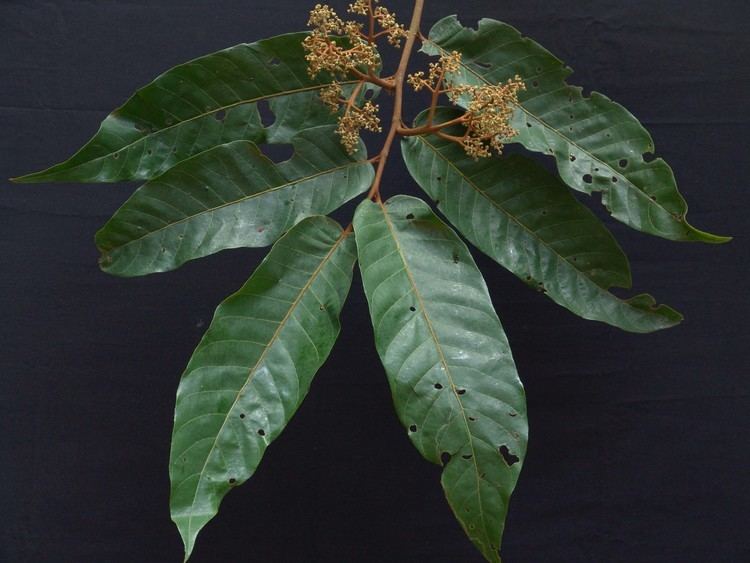Rank Species | Higher classification Virola | |
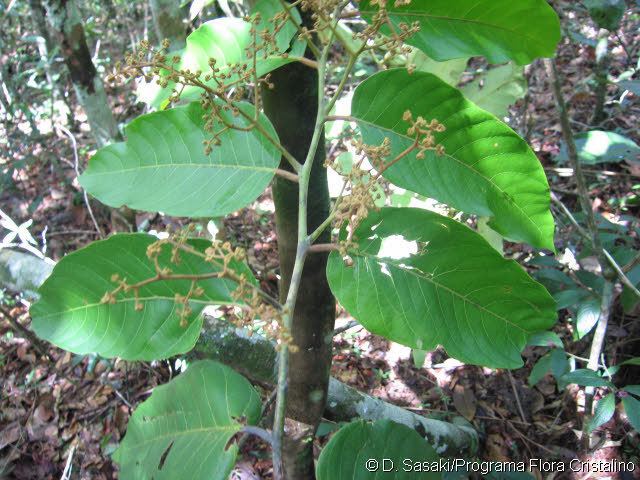 | ||
Similar Virola, Myristicaceae, Myristica, Virola surinamensis, Virola elongata | ||
Virola sebifera,also known as Myristica sebifera, common names ucuúba-do-cerrado and red ucuuba, is a type of tree from the family Myristicaceae, from Central and South America (Costa Rica to northern Brazil). It is found in evergreen forests and savannas up to about 1,400 m (4,600 ft) in altitude.
Contents
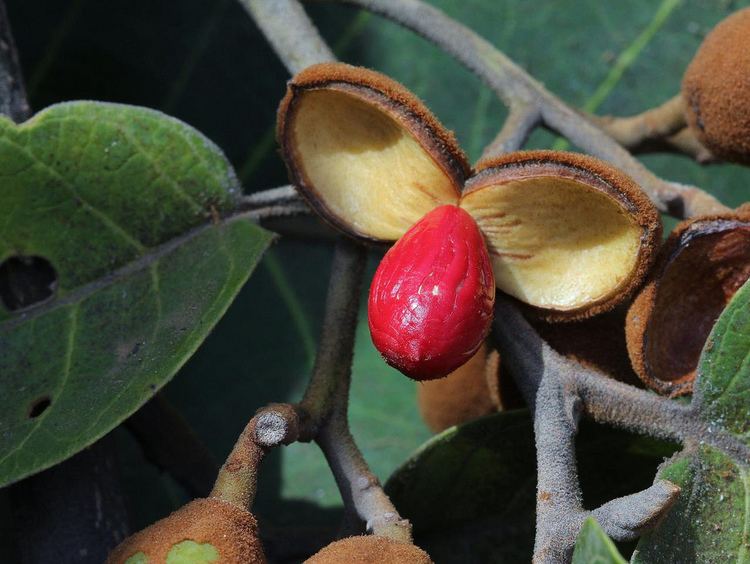
Description
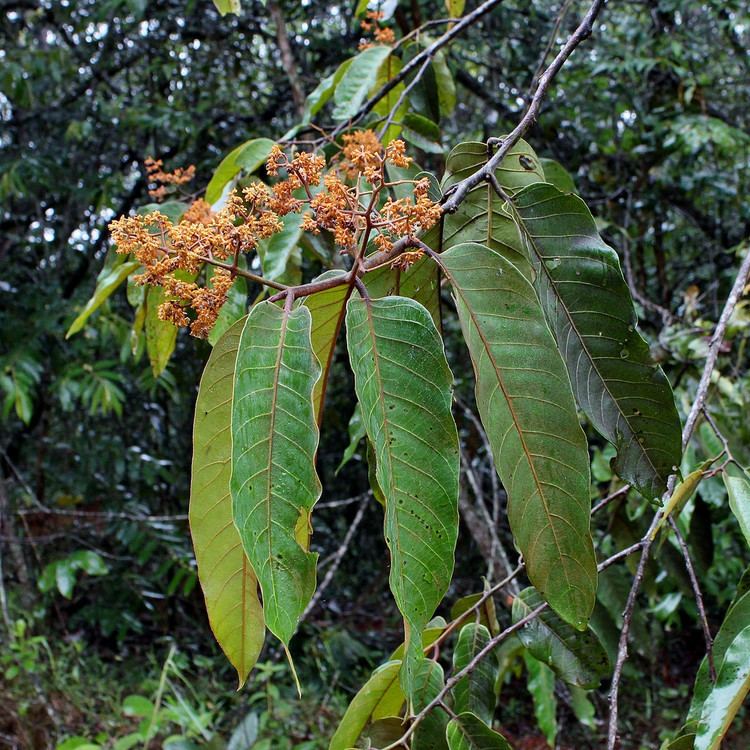
V. sebifera is a tall, thin tree which grows 5–30 m (16–98 ft) tall. The leaves are simple and grow up to 30 cm (12 in) long. The small flowers are single-sexed and are found in panicles. The fruit is reddish, oval-shaped, and about 10–15 mm (0.39–0.59 in) long and about 11 mm (0.43 in) in diameter. The individual Virola trees, which include 40 to 60 species, are difficult to differentiate from one another.
Chemical constituents
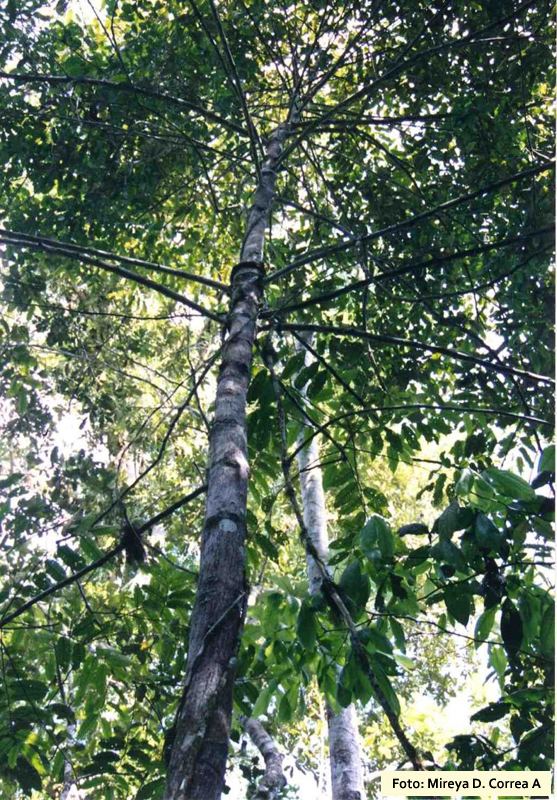
The bark of the tree is rich in tannins and also the hallucinogen dimethyltryptamine (DMT), as well as 5-MeO-DMT. The ripe seeds contain fatty acid glycerides, especially laurodimyristin and trimyristin. The bark contains 0.065% to 0.25% alkaloids, most of which are DMT and 5-MeO-DMT. The "juice or gum" of the bark seems to have the highest concentrations of alkaloids (up to 8%).
Industrial uses
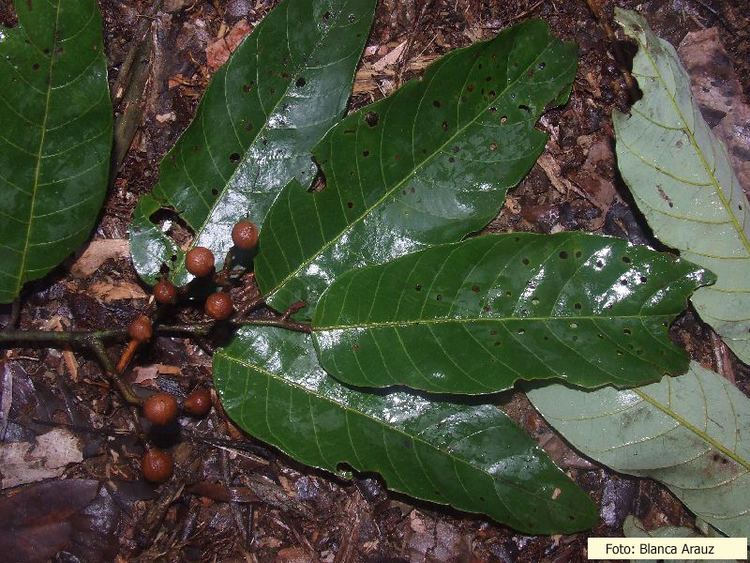
Seeds from V. sebifera are processed to obtain the fats, which are yellow and aromatic. They smell like nutmeg. The fats also become rancid quickly. They are used industrially in the production of fats, candles, and soaps. This virola fat possesses properties similar to cocoa butter and shea butter.
The wood of V. sebifera has a density around 0.37 g/cm3 (0.013 lb/cu in).
Traditional medicine
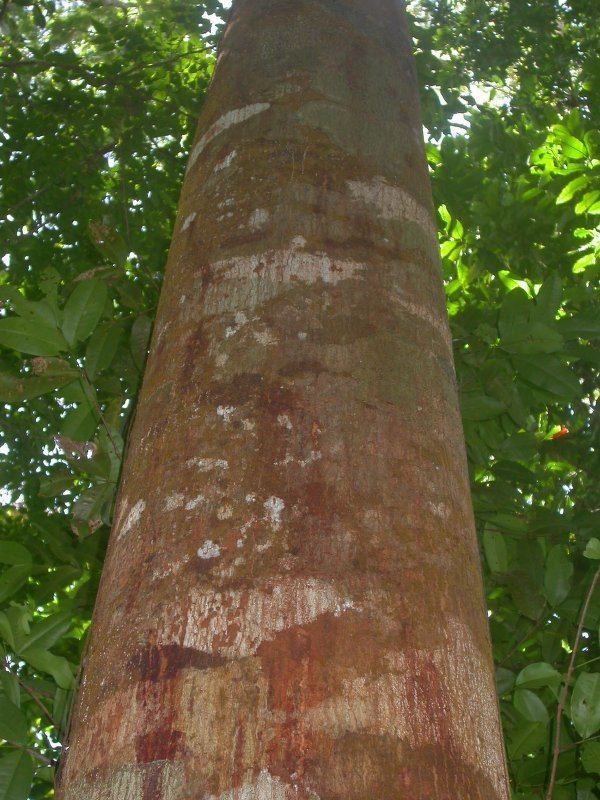
The smoke of the inner bark of the tree is used by shamans of the indigenous people of Venezuela in cases of fever conditions, or cooked for driving out evil ghosts.
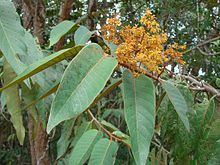
Myristica sebifera (abbreviation: Myris) is derived from the fresh, red juice from the injured bark of the tree. It is especially used for such ailments as abscesses, phlegmon, paronychia, furuncle, anal fissures, infections of the parotid gland, bacterially infected tonsilitis, and others.
